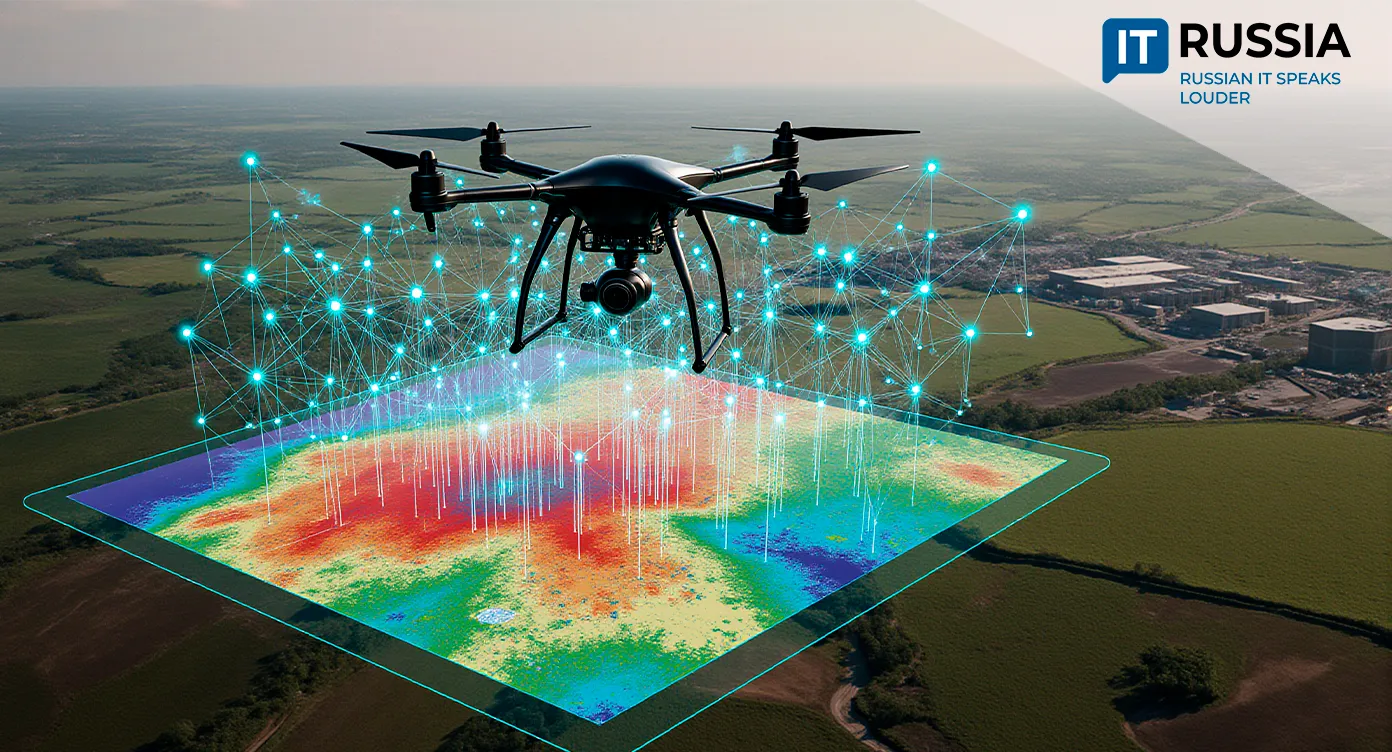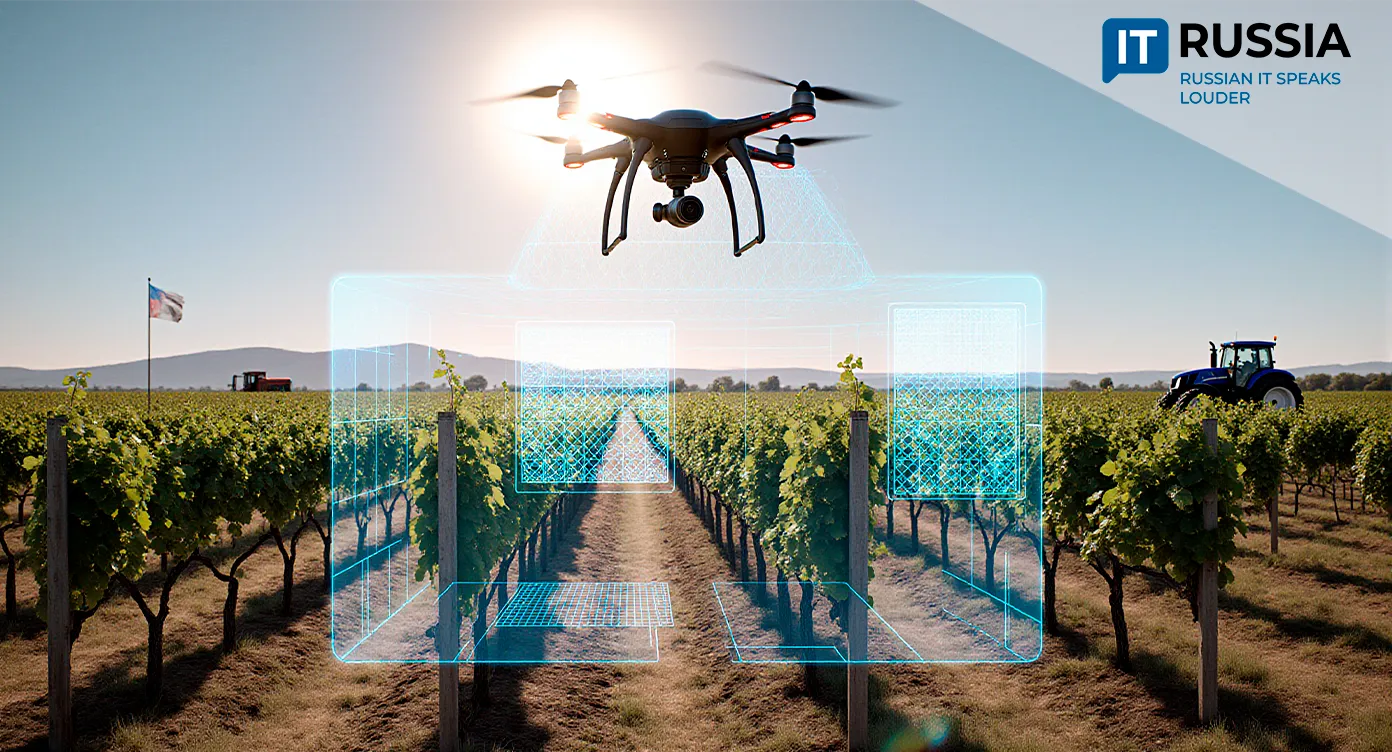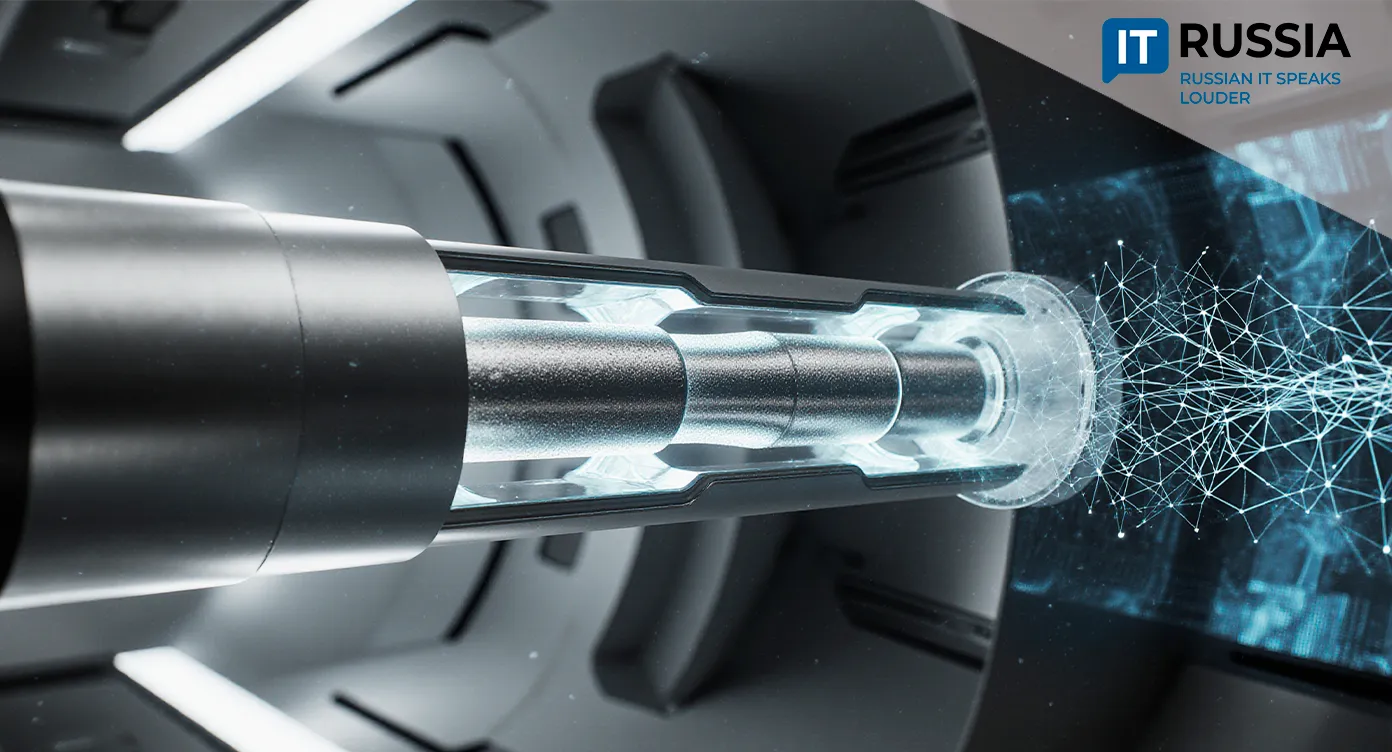3D Revolution in Metal: Russia Closes the Gap in Aircraft Wing Production
Researchers at Perm Polytechnic, together with F2 Innovations, have unveiled a breakthrough in large-scale 3D printing. The technology eliminates the need for disposable supports, allowing the fabrication of complex, oversized metal parts—including entire aircraft wings.
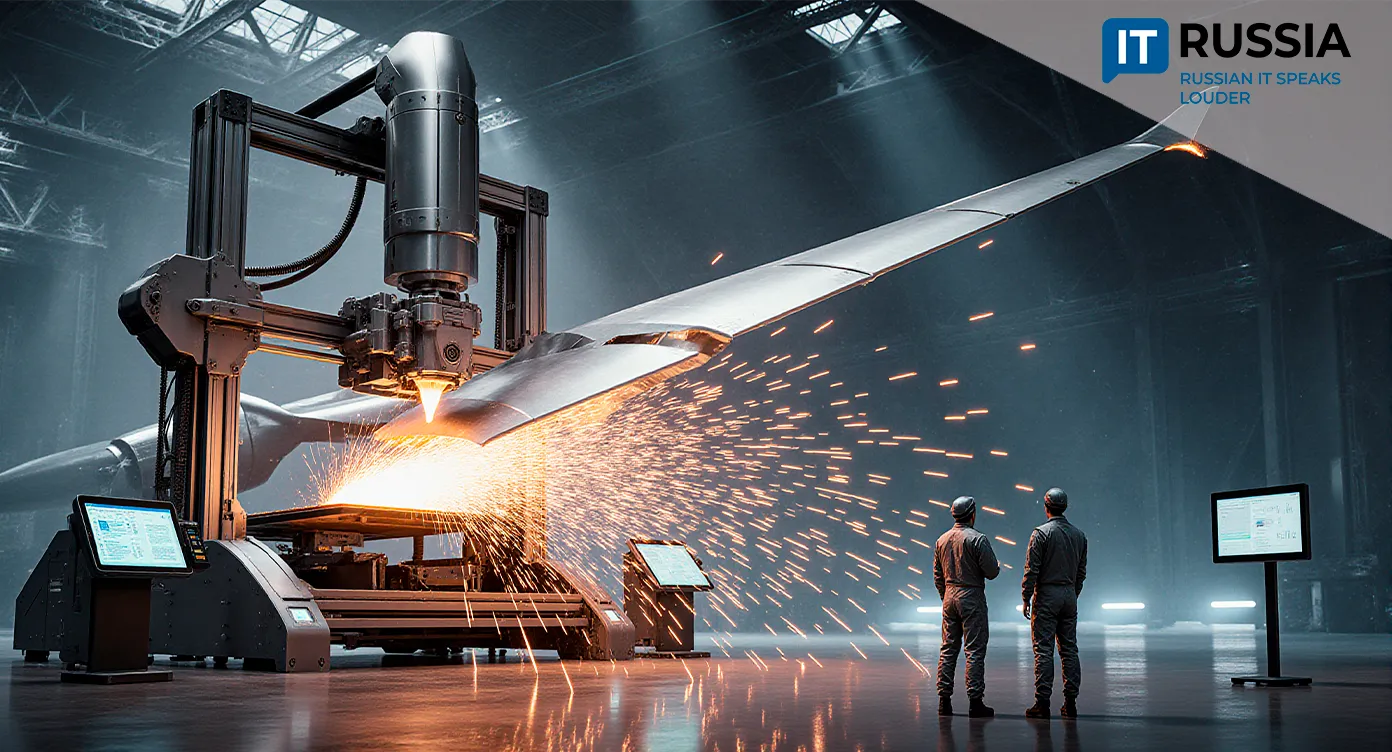
A New Approach to Large-Scale 3D Printing
In September 2025, Perm National Research Polytechnic University (PNRPU) and F2 Innovations introduced a new method of large-format 3D printing that could redefine additive manufacturing. Their joint development enables the printing of oversized objects with complex geometry—overhangs and sharp edges—without the use of temporary support structures.
According to associate professor Igor Bezugladnikov, traditional 3D printing requires support elements that must later be removed, raising material use, labor costs, and production time. The new approach eliminates that step, making the process cheaper, faster, and more environmentally sustainable. Beyond furniture and boats, the technology could ultimately produce entire aircraft wings.
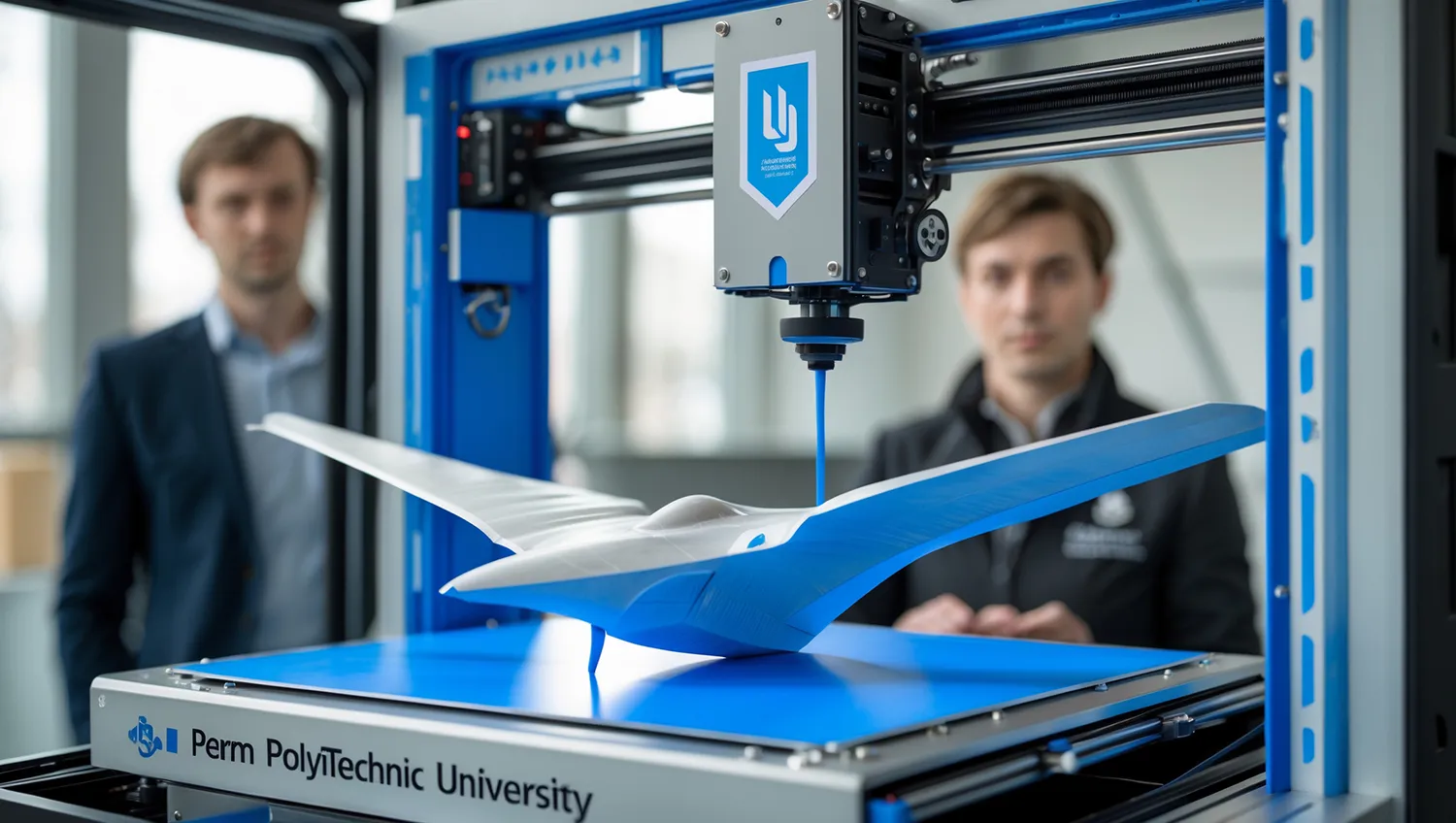
Sovereignty, Speed, and Cost
For Russia’s industrial base, this is more than a scientific milestone—it’s a strategic move toward technological sovereignty. Both the hardware and software were developed domestically, reducing dependence on foreign solutions. The method fits seamlessly into Russia’s existing additive manufacturing ecosystem in aerospace.
In August 2025, United Engine Corporation (a Rostec subsidiary) certified Russia’s first additively manufactured “hot section” component for the PD-14 engine: a combustion chamber swirler. Rostec’s Additive Technologies Center introduced a domestically made 3D printer in 2024 for producing components for the PD-8, PD-14, and VK-650V engines. The new PNRPU–F2 breakthrough extends this chain of innovation to large-scale structures, including primary load-bearing aircraft elements.
For end users, the impact is straightforward: lower production costs, from furniture to airplanes, thanks to savings in both materials and time.
Global Context: Russia in the Race
The aerospace industry worldwide is pushing additive manufacturing forward. In September 2024, Airbus produced its first 3D-printed metal part aboard the International Space Station. In September 2025, Boeing unveiled 3D-printed solar panel substrates, cutting production cycles by 50%. Airbus also signed a major deal in 2024 with Norway’s Norsk Titanium to supply additive titanium components.

Russian researchers are not only keeping pace but in some areas pulling ahead. In September 2025, scientists at St. Petersburg State Marine Technical University set a record for direct laser deposition speed, achieving 7.5 kilograms of metal per hour—seven times faster than global counterparts. This breakthrough paves the way from prototyping single parts to serial production.
Development Roadmap
The next one to two years will focus on pilot projects in aerospace, shipbuilding, architecture, and design. F2 Innovations, as a producer of large-format printers, is prepared to scale equipment based on Russian solutions.
Within three to five years, integration into serial production chains is expected. Certified components for PD-14 and PD-8 engines already exist. The next step is creating standards and regulations for large-scale additive structures—making it possible not just to “print wings,” but to mount them on commercial aircraft.
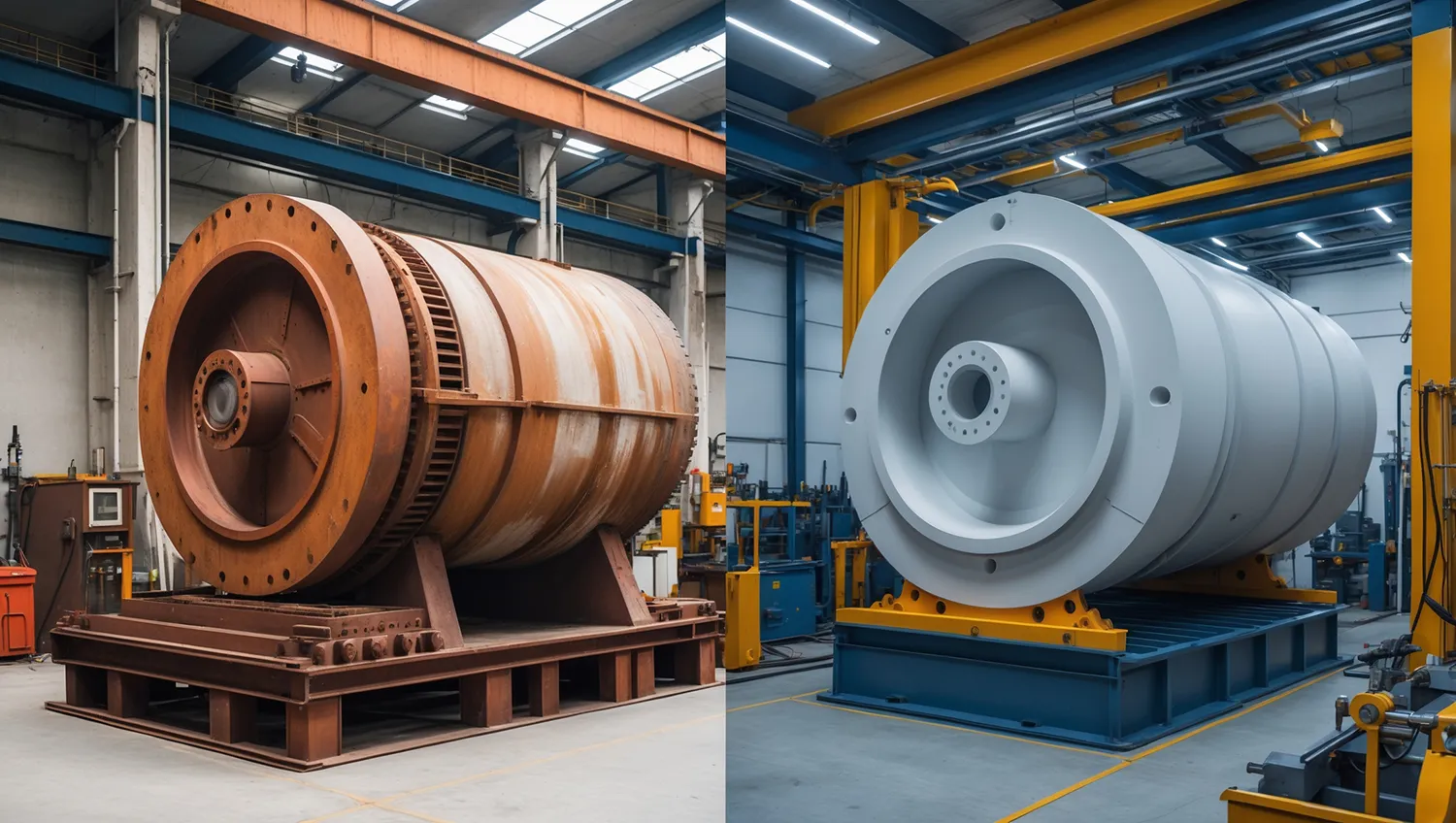
Export prospects are also strong. Partner markets across Asia and the Middle East are looking for technologies free from Western sanctions. Russia can offer both hardware and engineering expertise, particularly in large-scale additive printing, where global experience remains fragmented.
More Than a Printer—A Manufacturing Revolution
The technology developed in Perm represents more than just another printer. It signals a new philosophy of manufacturing: shifting from “cutting away” to “growing the shape you need.”
In the near future, expect the first printed boats, bridges, and fuselage sections. Soon after, entire aircraft assembled from printed components could follow. What seemed like science fiction is now edging into reality. Russia is no longer merely catching up—it is starting to set the pace. And this is only the beginning.



